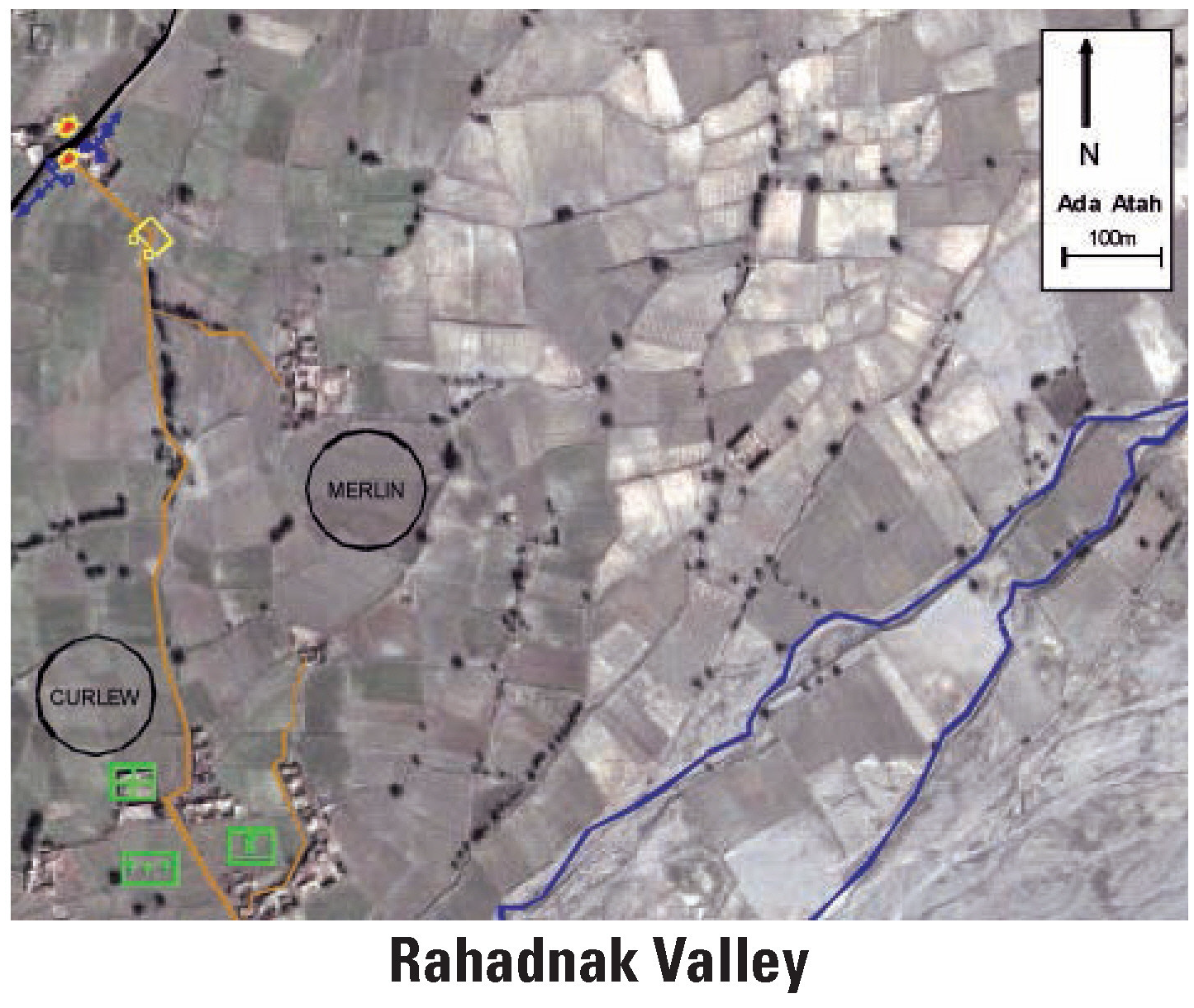Situation

You are Khorasan Parsi, a warlord of the Tajik clan in the city of Sar-e Pol. For the last several years, foreign armies have been operating in your country after ousting the Taliban from the government. Over a month ago American armies moved into Jalalabad, about 30 kilometers north of your city. The continued invasions of foreign powers over your lifetime have left their mark upon your family and clan. Your family has learned to deal with all countries that respect them, and your clan sells good and services to all people. At the same time, some members of your clan are resentful that outsiders from Kabul, Europe, and now the United States seek power in your land for reasons that you do not understand. As a warlord, you know how to stoke the fires of resentment when needed and how to laugh and celebrate with strangers from all over the world, all the while looking to increase your clan’s standing, influence, money, goods, and property.
Your family and clan reside north and east of the Styx River and in the north and east sections of the city south of the river as well. In the middle of your area a French and British nongovernmental organization (NGO) has been distributing food, blankets, and fresh water to those whose homes have been destroyed as a result of the invasion and occupation.
During the American invasion, the Pashtun tribes have gained the uppet hand in the endless power struggle between the clans. Through manipulation of the French and British, they have convinced them to distribute the majority of the aid goods to warlords of the Pashtun clans who establish distribution points in the city center then charge tolls to cross the bridge. Through these tolls your clan loses most if not all of what they receive. The French and British do not understand the extortion, and the Americans are only seen in their armored trucks moving from Tora Bora north to Jalalabad.
A few weeks ago your clan leader ordered that the bridge be destroyed and the NGO camp attacked and looted with the spoils distributed among your clan. The bridge was destroyed, and your clan leader ordered you to take charge of sacking the camp when he orders it. Your warband consists of 30 fighters who have trained with AK-47s and rocket propelled grenades (RPGs). As young children they learned to fight with all manner of improvised weapons. You also have 6 pickup trucks from your family, 1 cell phone with contacts with the rest of your clan leaders on both sides of the river, 2 radios, 30 AK-47s with 40 rounds each, and 2 RPGs with 2 rounds each. Your men generally move as a mob and will break into smaller warbands of two to five fighters once the battle is joined.
Yesterday evening, over dinner with the clan chief, he informed you that the time to take the camp is today. Whether to attack during the day or at night is up to you. All of the clan leaders and heads of the community have offered their support with the stipulation that you wait until afternoon or evening. You agreed to their requests and reconnoitered the camp that evening. You discovered that the camp has about 20 workers, 2 trucks, and enough food to see your family through the next year.
The next morning you notice a group of 50 or so American Marines with armored trucks and a lot of construction equipment enter your area and begin work on building a new bridge. It is now noon, the attack must commence this afternoon or evening (within 3 to 10 hours), and the Americans look like they have no intention of leaving. What now?
Requirement
In 20 minutes, explain to your men and supporting clan leaders what you intend to do and what you need them to do. Issue your orders to your warband.
Issues for Consideration
1. What is your goal for this attack? How does the American presence complicate it? How do your actions negate the American presence?
2. What do you consider mission success?
3. How does your vision of success correspond to your clan leader’s objective?
4. How sensitive are you to casualties among your own fighters? How sensitive are you to local civilian casualties and property damage? How do your actions reflect this?
5. Is your warband being used to attack the Americans, instigate the local populace to action, take the NGO camp, or something else? Whom do you use and who will be reliable to deal with other situations that your warband cannot handle; i.e., will they take the NGO camp and keep the supplies?
6. Do your actions force the Americans to fight your warband? If so, what are the possible repercussions of a fight with the Americans?
7. If you chose not to attack the Americans, what other methods could you use to neutralize them?


















